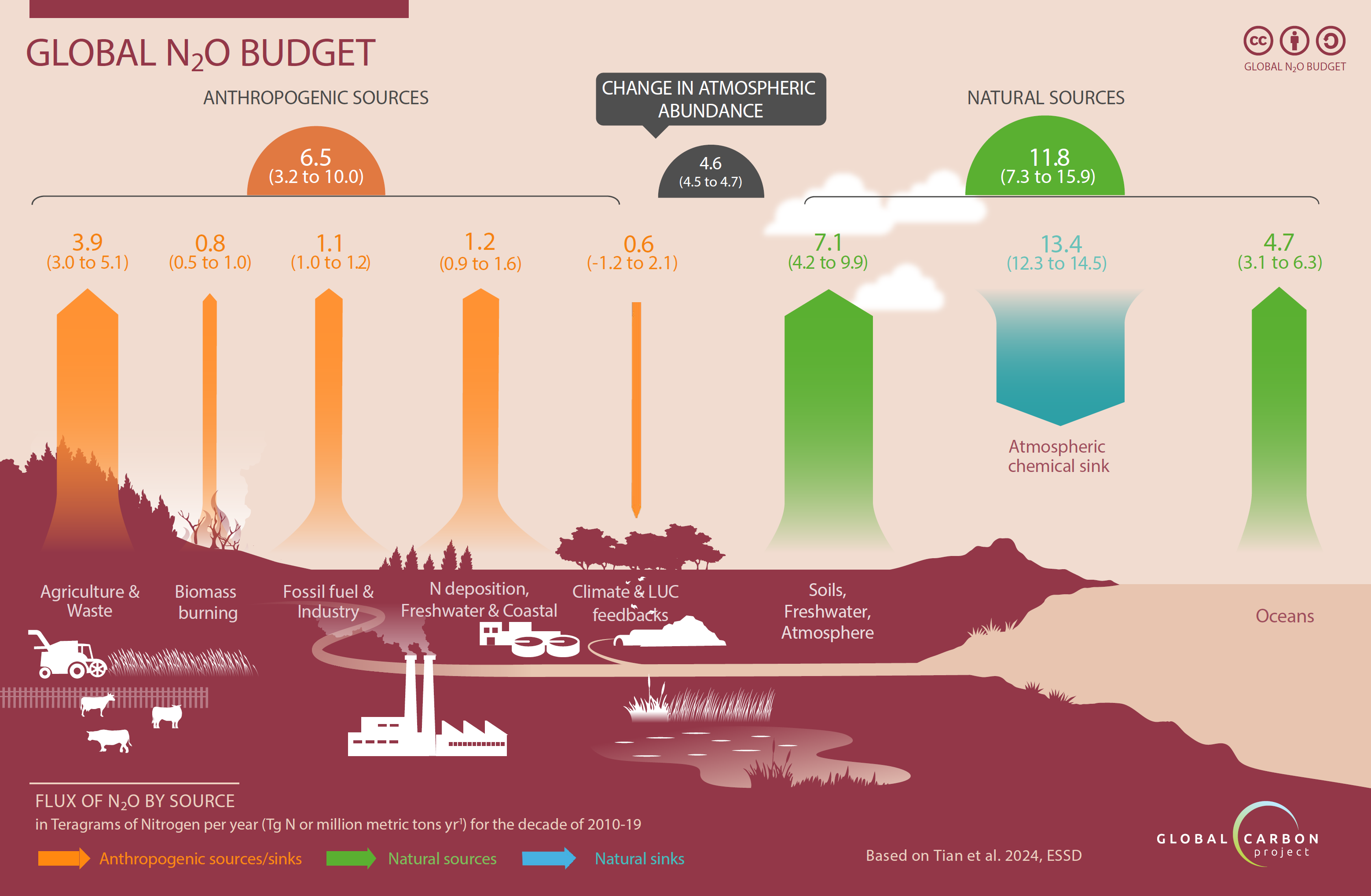Recently, scientists have noted that N2O has higher potential to trap heat compared with CO2.
Nitrous oxide is also called as laughing gas due to the euphoric effects upon inhaling it, a property that has led to its recreational use as a dissociative anaesthetic.
Nitrification is a microbial process by which reduced nitrogen compounds (primarily ammonia) are sequentially oxidized to nitrite and nitrate.
Denitrification is the process that converts nitrate to nitrogen gas, thus removing bioavailable nitrogen and returning it to the atmosphere.

pH is a measure of how acidic/basic water is. The range goes from 0 - 14, with 7 being neutral. pHs of less than 7 indicate acidity, whereas a pH of greater than 7 indicates a base.

Greenhouse gases (also known as GHGs) are gases in the earth's atmosphere that trap heat.
Biochar is a charcoal-like substance that's made by burning organic material from agricultural and forestry wastes.